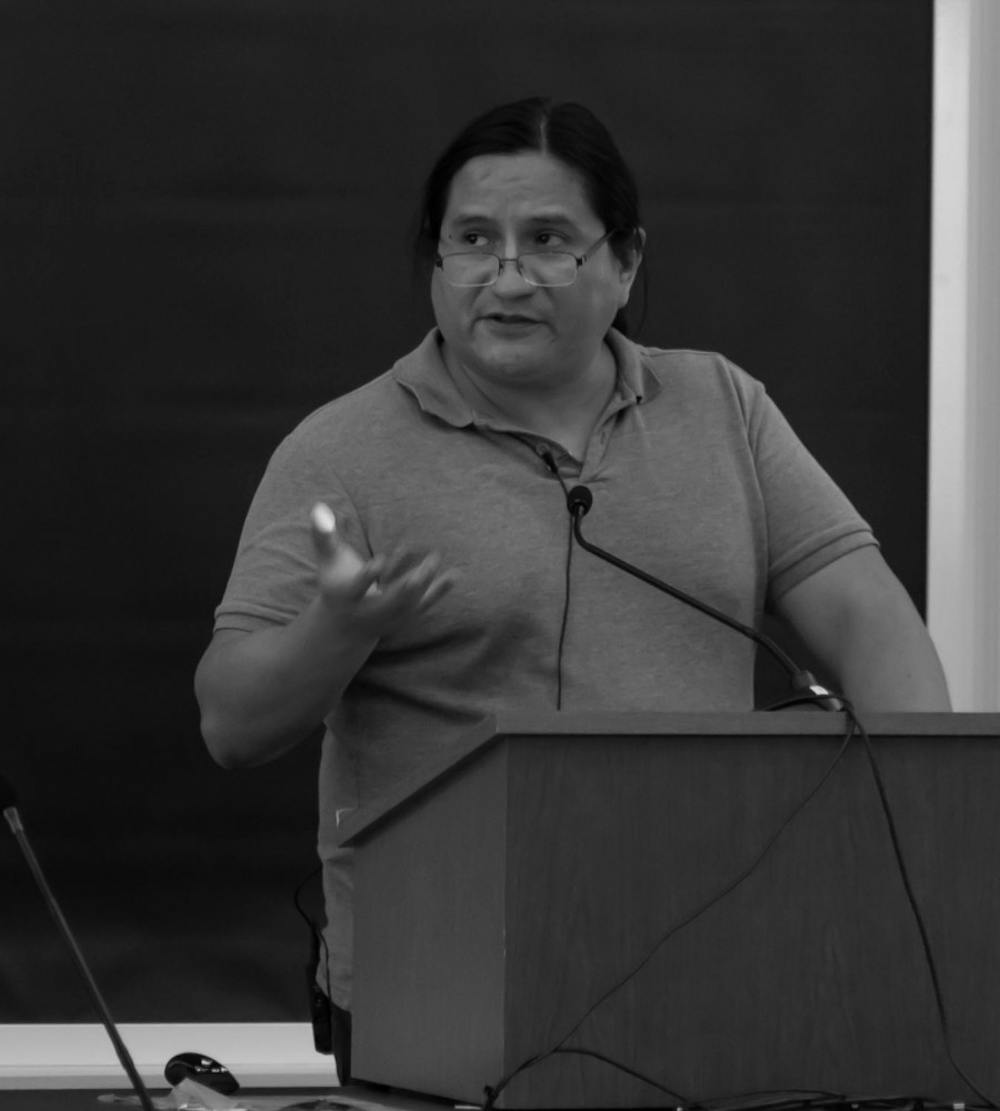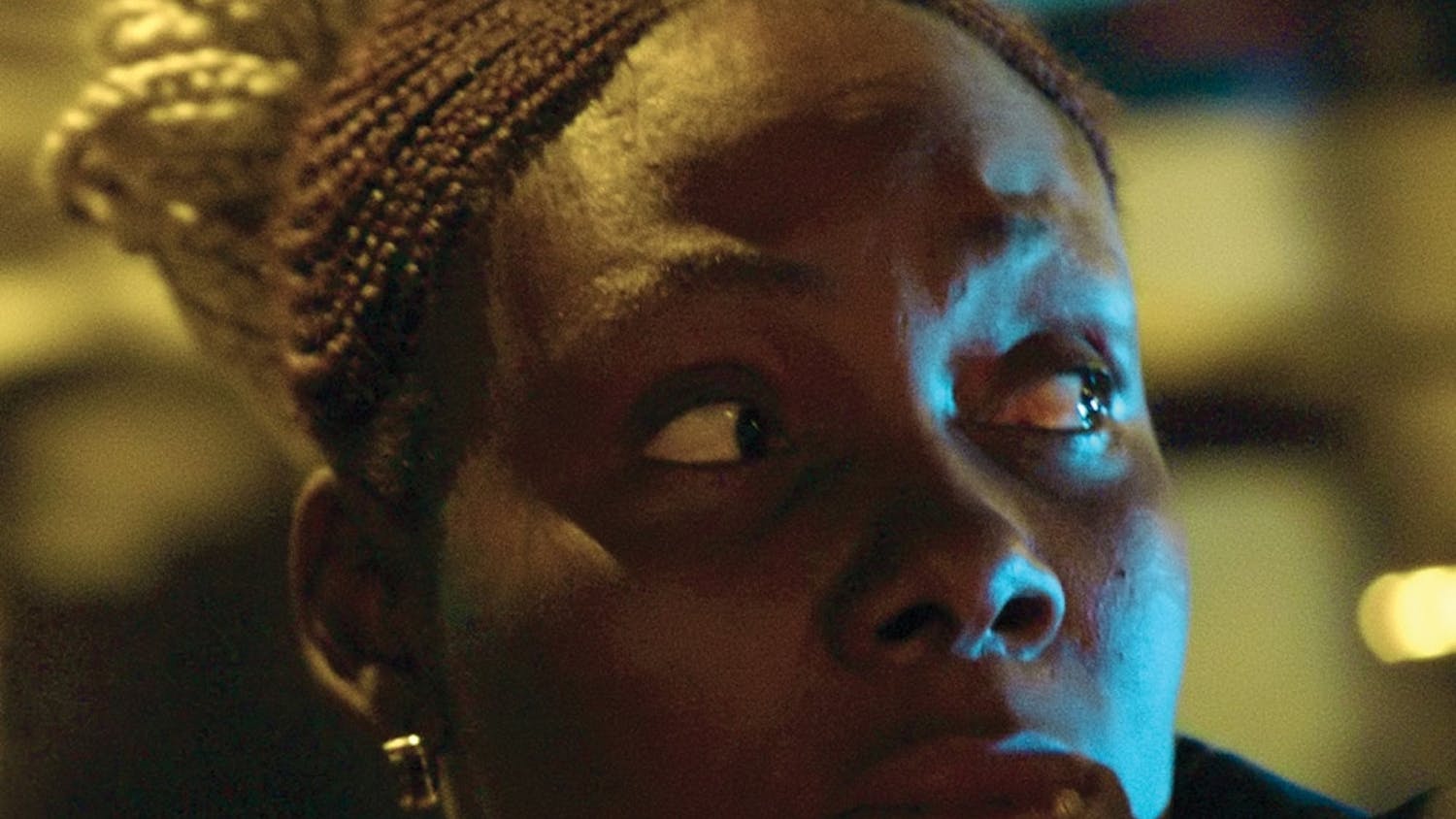Mario Siddhartha Portugal Ramirez was a graduate student in Quito, Ecuador when one day he decided to grab a bite to eat at a local market. Among the vendors, he came upon several women who used unconventional medical practices to cure ailments. Feeling a little under the weather, Ramirez decided to give it a chance. The healers rubbed herbs on him and gave him some to ingest. The next day, he woke up and found he felt much better.
Years later, as a sociologist and former Middlebury professor, Ramirez decided to study these medical practices in depth. On on Thursday, Sept. 27, he discussed his recent work in this field in a presentation at the college. Through his research, Ramirez found that traditional medicine gained popularity through a wave of South American indigenous movements in the 1990s with the goal of transforming the government to be more inclusive.
A large part of these movements was a shift toward intercultural health, which consists of “actions towards integration of diverse medicine,” Ramirez said, giving “equal value to their ideological and practical grounds.”
Oftentimes, however, it is less a matter of identity that leads people to choose traditional medicine over conventional methods than it is a matter of cost.
When the government lowers the health budget, traditional practices become more common. According to Ramirez, a prevalent concept in Ecuador is that “every human being has some knowledge of how to heal himself,” and many individuals decide traditional medicine is the best route for them in everything from mild illnesses to cancer. In the growing capital city of Quito, these remedies take the form of urban folk medicine, with healers offering traditional health services in urban markets.
Most healers are women. Urban folk therapy is often very personal for the women involved, and many seek to pass on their knowledge to certain patients. Most therapies emerged prior to the fall of the Inca Empire and, though similar across the board, many are healer-specific and no two therapies are exactly the same. Men involved in traditional practices typically serve a more mystical, shamanistic role, though a handful of male healers are in practice.
Ramirez focused his research on two markets: the Mercado San Francisco, a clean, tourist-focused market with its roots in colonial Ecuador, and the Mercado de San Roque, which appeals more to locals. Most healers have their own stall, where they offer a variety of therapies and sell products like candles, soaps, perfumes, oils and alcohols tailored to particular issues.
Certain flowers are used to foster “luck, love and fortune.” Nettle is one of the primary herbs used for cleanses, where healers will rub it over the patient for general treatments (and yes, it does sting).
While herbal medicine is commonplace, it is not the only method of treatment among these practices. For instance, a red string tied around the wrist is said to cure those stricken by an illness where they miss someone so much they fall sick and eventually die. Another illness these women treat: sickness from a bad look someone gives you.
When one first goes to a healer, however, the healer may not immediately be able to discern what is wrong. To address this concern, there are some techniques unique to South American folk culture. For example, the healer might rub an egg all over the patient, let the egg sit, and come back to observe any spots or deformities on the egg, from which they can deduce what is wrong. In another method, they do the same with a live guinea pig (called a cuy in Ecuador), rubbing the rodent over the patient before killing it and opening it up to see what is wrong. If there is an abnormality with the guinea pig’s heart, for instance, there is probably an issue with the patient’s heart as well.
Ramirez’s research found that there is a sense of exclusion surrounding urban folk medicine, whose marginal existence is largely unregulated and ignored by the state government and NGOs. Therefore, knowledge of folk medicine is ambiguous, and little is understood about the medicine and conflicting perspectives of the subject abound over its validity.
Ramirez saw intercultural health as very much a gray area as well, where traditional and conventional knowledge both make up the healthcare network of the country.
One takeaway from Ramirez’s research: folk medicine is significant in strengthening the indigenous culture of Ecuador and in doing so, making the state more inclusive as it embraces its heritage.
Healers and Healthcare

Comments



